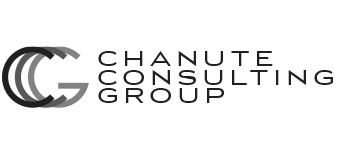The Medici Effect – where to find the greatest potential for Innovation
In the book The Innovator’s DNA; by Dyer, Gregersen, and Christensen; one of the five skills of disruptive innovators was Associating, the ability to bring together previously unrelated pieces of information to create something new. This is closely related to the topic of another very good book: The Medici Effect, by Frans Johansson.
Johansson explores the concept of “Intersections” between different fields, industries, disciplines, and cultures and the impact these intersections have on disruptive innovation. For several centuries the House of Medici created an environment where innovation and new ideas flourished, by bringing together the best minds in different fields. Their acts had a significant impact on the birth of the Italian Renaissance.
However, this concept isn’t just a historic one, it is evident in current business trends and in innovative new products. The biggest ideas are rarely contained within one industry or product category. Examples include the combination of computer hardware, software, and music; that led to the iPod at Apple. Many of the most interesting advances in biotechnology are the result of the intersections between medicine, engineering, and the sciences.
Whether you are an individual innovator, or a company working to create an innovative environment, you will be more successful by reaching beyond your own industry and looking for intersections with other businesses, technologies, and markets.
This is not just about adjacent markets, businesses, or technologies; it also includes the combinations of radically different elements to find a productive intersection between them. The more diverse intersections you explore, the higher the chances are that radical innovation will emerge.

